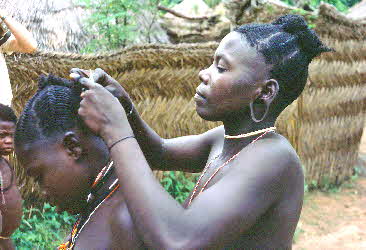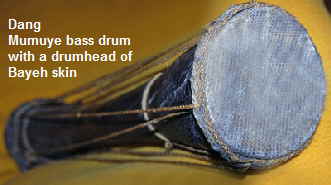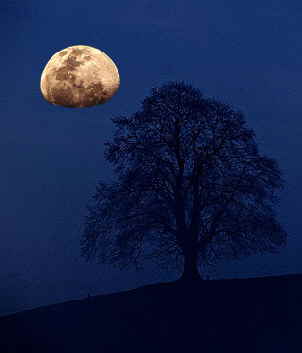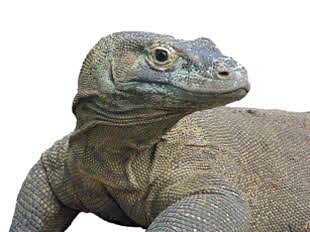 Why Bayeh did not get his hair done in time Why Bayeh did not get his hair done in time
(literal translation Mumuye-English)
The story I am telling now is about Kere and Bayeh. The horns of the wrestling feast are blowing in the dancing place, honk honk honk. Well. Kere was calling, saying "Bayeh!" Bayeh said "What?" He said that he should come and he wants them to fix each other's heads. Well. Bayeh was sitting and painting the body of Kere. He painted and painted the body of Kere. Look at Kere, at his body! You cannot take your eyes off it, it is so nice. Well. The sun came. The sun said that it came here.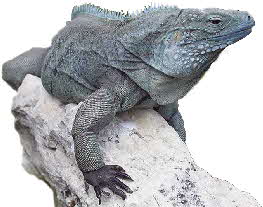 Then Rabbit called saying "My friend!" His friend said, "What?" He said that the horns of the wrestling feast are blowing in the dancing place, and he said that he was wasting his time, and he said that he was still fixing his friend's hair. He said, "O ho ho, man! You are painting, man! Don't fix it like this! Before, did he fix yours?" He said that he fixed it. "Just sprinkle him like Bandon's body." Then Rabbit called saying "My friend!" His friend said, "What?" He said that the horns of the wrestling feast are blowing in the dancing place, and he said that he was wasting his time, and he said that he was still fixing his friend's hair. He said, "O ho ho, man! You are painting, man! Don't fix it like this! Before, did he fix yours?" He said that he fixed it. "Just sprinkle him like Bandon's body."
As far as Bayeh's body is concerned, it stayed ugly. Concerning Kere's body, Keres was done well. Bayeh painted him with much care. Because of this, Kere was very nice. Bayeh painted him with much care. Rabbit said "O.k.". But if you say you want to go on painting, then with what will people beat the drum? Do the people beat the drum with anything but Bayeh 's skin? That's why people kill Bayeh. People use it as drum skin. People go drumming with it.
|

 Why Bayeh did not get his hair done in time
Why Bayeh did not get his hair done in time Then Rabbit called saying "My friend!" His friend said, "What?" He said that the horns of the wrestling feast are blowing in the dancing place, and he said that he was wasting his time, and he said that he was still fixing his friend's hair. He said, "O ho ho, man! You are painting, man! Don't fix it like this! Before, did he fix yours?" He said that he fixed it. "Just sprinkle him like Bandon's body."
Then Rabbit called saying "My friend!" His friend said, "What?" He said that the horns of the wrestling feast are blowing in the dancing place, and he said that he was wasting his time, and he said that he was still fixing his friend's hair. He said, "O ho ho, man! You are painting, man! Don't fix it like this! Before, did he fix yours?" He said that he fixed it. "Just sprinkle him like Bandon's body." 